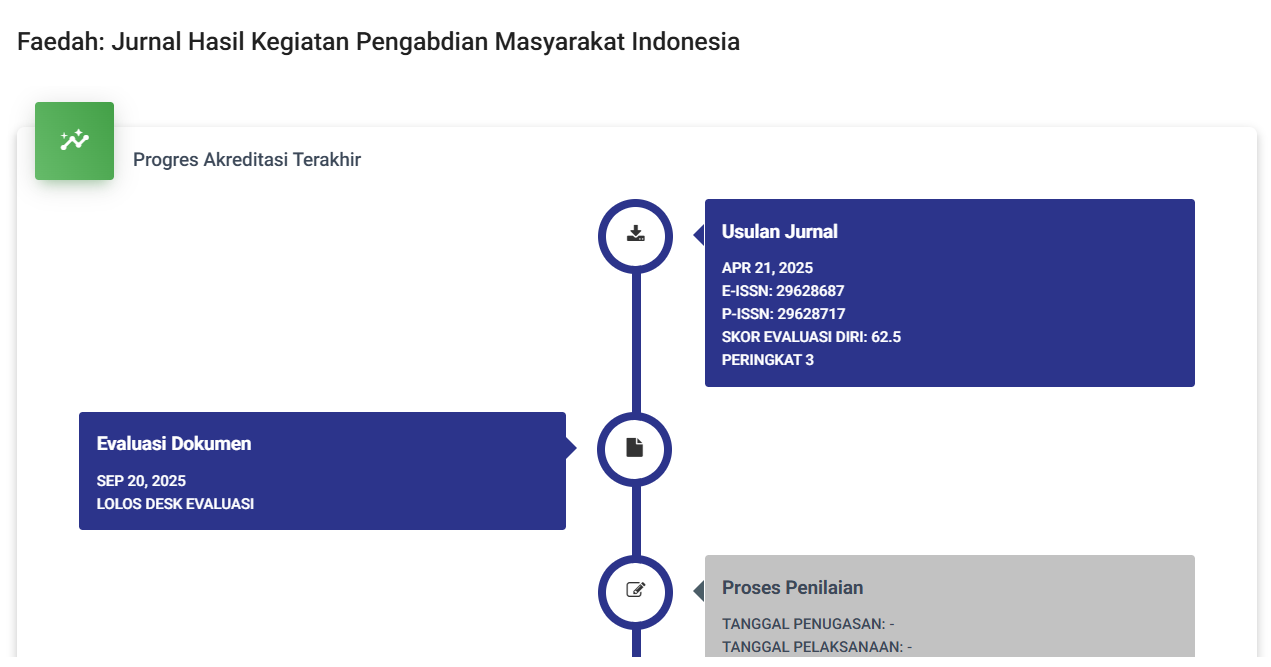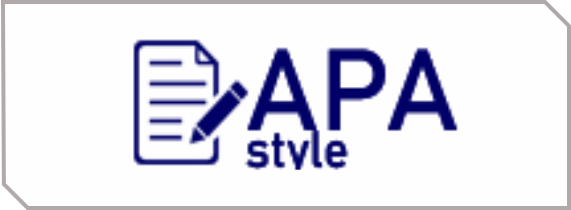Edukasi Shaken Baby Syndrome Sebagai Upaya Mencegah Perilaku Kekerasan Anak Di Masyarakat
DOI:
https://doi.org/10.59024/faedah.v1i4.413Keywords:
Shaken Baby Syndrome, First Time Father, Violent BehaviorAbstract
Introduction: The background to this community service emerged due to increasing violence in the care of shaken babies, which can have a negative impact on child development. The aim of this service is to provide education to parents and caregivers about safe and caring care for babies, so that they can prevent incidents of shaken baby syndrome and cases of violence against children. Method: This Community Service uses a pre-post test design method to determine the level of knowledge of fathers before and after providing educational outreach on shaken baby syndrome (SBS). The population in this activity were fathers aged 18 – 30 years who had just had a child or had a second child within a year of the couple's postpartum period, numbering 150 people. The sample used in this activity was 60 people using a sampling technique, namely cluster area random sampling. Results: The results of this study showed that there was an increase in knowledge between before and after being provided with education about shaken baby syndrome (SBS), namely that 38 respondents (63.3%) had a sufficient level of knowledge about shaken baby syndrome (Shaken Baby Syndrome). SBS). Conclusion: Increasing knowledge about shaken baby syndrome is a key step in efforts to prevent violent behavior in children.
References
Alomran, Hanan Ibrahim, Zaid Ibrahim Alkharaan, Khalid Mubarak Aldawsari, Osamah Zeid Aldakkan, Hamad Mesfer Alatif, and Manal Zaher Elewa Mohamed. “Parental Awareness, Knowledge, and Attitude about Shaken Baby Syndrome in Riyadh, Saudi Arabia: A Cross-Sectional Study.” Pan African Medical Journal 41 (2022): 311–322.
Ayu Dewi Kumala Ratih, Ida, and Windha Hasiva Yudita. “Hubungan Tingkat Pengetahuan Tentang Cara Memelihara Kesehatan Gigi Dan Mulut Dengan Ketersediaan Alat Menyikat Gigi Pada Narapidana Kelas Iib Rutan Gianyar Tahun 2018.” Dental Health Journal 6, no. 2 (2019): 1–4. file:///D:/semester 5/metode/jurnal/977-2309-1-SM (2).pdf.
Conrad, Aislinn, Brandon Butcher, Resmiye Oral, Megan Ronnenberg, and Corinne Peek-Asa. “Trends in Shaken Baby Syndrome Diagnosis Codes among Young Children Hospitalized for Abuse.” Injury Epidemiology 8, no. 1 (2021): 1–11.
Faheim, Sahar, Safaa Ahmed, and Jehan Farrag. “Effect of an Educational Guideline Program on Mothers’ Performance Regarding Shaken Baby Syndrome Prevention.” Assiut Scientific Nursing Journal 10, no. 29 (2022): 183–195.
Hung, Kun Long. “Pediatric Abusive Head Trauma.” Biomedical Journal 43, no. 3 (2020): 240–250. https://doi.org/10.1016/j.bj.2020.03.008.
Johnson, Matthew B., Christine Baker, Barbara Prempeh, and Shereen R. Lewis. “Shaken Baby Syndrome/Abusive Head Trauma: Wrongful Conviction Risks, Mis-Information Effects, and Psychological Consultation.” Journal of Forensic Psychology Research and Practice 20, no. 3 (2020): 290–304. https://doi.org/10.1080/24732850.2020.1726165.
Sayed, AII El, and SA Mahmoud. “Effect of Educational Materials on Mother’s Awareness, Knowledge and Behavior Regarding the Dangers of Shaken Baby Syndrome.” Journal of Nursing and Health Science 9, no. 1 (2020): 1–7.
Trisna Yanti, Ni Made Dewi, I Nyoman Laba Jayanta, and I Made Suarjana. “Pengaruh Model Pembelajaran Course Review Horay Berbantuan Media Visual Terhadap Hasil Belajar Matematika.” Jurnal Penelitian dan Pengembangan Pendidikan 4, no. 3 (2020): 463.
Wulandari, Ratna Feti, Luluk Susiloningtyas, and Susanti Tria Jaya. “Pendidikan Kesehatan Untuk Meningkatkan Gizi Ibu Hamil.” Journal of Communitu Engagement in Health 4, no. 1 (2021): 155–161. https://jurnal.stikes-sitihajar.ac.id/index.php/jhsp/article/view/16.









